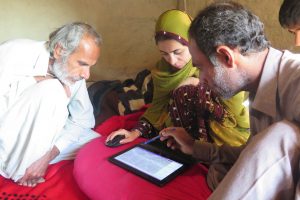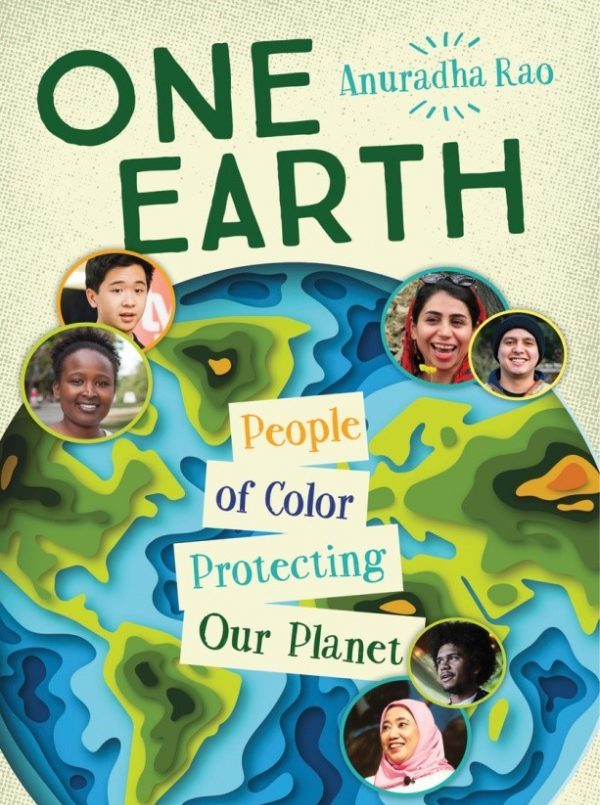First published on 04/01/2020, and last updated on 05/04/2020
One Earth: People of Color Protecting Our Planet, by Anuradha Rao. Orca Book Publishers, Victoria, BC, Canada, 208 pages, April 2020.
A word from the author
I have been working as a conservation biologist for more than two decades, often finding myself the only person of colour among my peers. It was in my mind for years to write something about this, and I’m proud to say that I’ve finally realized that goal. This book is my way of honouring voices that often go unheard, celebrating the stories of some incredible people and changing the face of who is seen by the world as the depiction of the environmental movement.
I interviewed twenty people of colour about their environmental successes and how their backgrounds or cultures helped them to achieve these successes. The topics they raise include Indigenous stewardship of lands and waters, sustainable human relationships with animals, innovative ideas for ecosystem restoration, empowering marginalized individuals through connections with nature, and many other insights. About one third of the people featured in the book are Indigenous. To me, it was refreshing and invigorating to hear people make matter-of-fact connections between social, political, cultural and ecological subjects that don’t tend to be connected by the mainstream environmental movement. It has been a joy to write their stories and bring this work into the world.
The book is highlighted with brilliant colour photos, pull-out quotes and suggestions from the people I interviewed about what any individual can do for the Earth.
One of the people I feature is Ghanimat Azhdari, a cherished member of the Council of the ICCA Consortium, who we recently lost in the tragedy of Ukrainian International Airlines flight 752. Ghanimat blessed me by sharing her story for this book, and explaining how she and the Iranian civil society organization CENESTA worked with Indigenous and nomadic tribes in Iran to map their traditional knowledge of their territories. I can still hear her bubbly voice and the pride with which she spoke of their achievements. What an inspiration. Here is how her story begins:
“Imagine waking up every day in your family’s tent, looking out to see your sheep and goats grazing on the meadow, with a great mountain in the distance. You fetch water to drink from a spring that your family has maintained since before the time of your great-grandparents. Nature around you is vast, but you know the name and use of every plant. In your culture, it’s forbidden to cut down a tree except in emergencies and even then only in a way that will make sure the other trees survive. When your paths cross those of others, you speak of your extended families and communities and trace your connections with each other. This is the way of life of Ghanimat Azhdari’s nomadic Qashqai people.”

Ghanimat Azhdari, working on community mapping © CENESTA
Summary
One Earth profiles Black, Indigenous and People of Color who live and work as environmental defenders. Through their individual stories, the book shows that the intersection of environment and ethnicity is an asset to achieving environmental goals. The twenty short biographies introduce readers to diverse environmental defenders from all around the world, who are of many ages and ethnicities. From saving ancient trees on the West Coast of Canada, to protecting the Irrawaddy dolphins of India, to uncovering racial inequalities in the food system in the United States, these environmental heroes are celebrated. The book outlines how they went from being kids who cared about the environment to community leaders in their field. One Earth is full of environmental role models waiting to be found.
Purchase the book in Canada or the US. For worldwide purchase you will find it on Amazon and Book Depository or you can ask your local bookseller to order it.
Featured image: Book cover © Orca Book Publishers.
